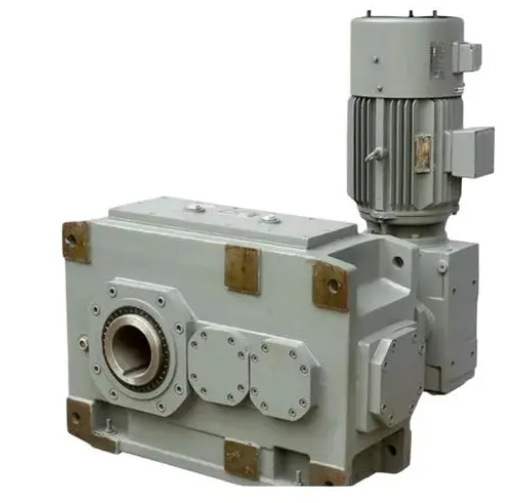Common failure modes and solutions for wind turbine gearbox bearings

\Guidelines for Failure Mode Analysis and Repair of Wind Turbine Gearbox Bearings In the wind power industry, as one of the core components of wind turbines, the performance of the gearbox directly affects the operational efficiency and reliability of the unit. The bearings inside the gearbox play an important role in supporting and transmitting, and their failure can cause a series of serious problems, including power loss, downtime due to faults, and increased maintenance costs. Therefore, understanding the common failure modes of gearbox bearings and targeted solutions is of great significance for improving the reliability and economy of wind turbines.
1、 The main function of gearbox bearings
The bearings in the gearbox mainly have the following functions:
1. Supporting function: Bearings provide necessary support for the rotating components inside the gearbox, ensuring their stability and accuracy during operation.
2. Bearing pressure: During the operation of wind turbines, bearings need to withstand axial and radial loads applied by gears and other rotating components.
3. Reduce friction: Efficient bearings can reduce friction between rotating parts, thereby reducing energy loss and heat generation, and improving unit efficiency.
4. Power transmission: The bearings effectively transmit power through appropriate contact angles and load distribution inside the gearbox.
2、 Common Failure Modes
1. Wear and tear
Bearing wear is one of the common failure modes, mainly caused by the following factors:
-Insufficient lubrication: If the lubricating grease is insufficient, it will cause direct friction on the metal surface, thereby accelerating wear.
-Pollutant invasion: The invasion of dust, moisture, and other pollutants can exacerbate the wear on the bearing surface.
Solution: Regularly check the lubrication system to ensure that the lubricating oil is clean and sufficient. Meanwhile, devices such as oil seals and filters can be used to prevent pollutants from entering.
2. Fatigue rupture
During long-term operation, the material of the bearing may develop fatigue cracks due to multiple cyclic loads. Fatigue rupture will occur on the inner and outer rings of the bearing as well as on the surface of the rolling elements.
Solution: Choose bearings with appropriate materials and heat treatment processes to enhance their fatigue strength; At the same time, design the gearbox structure reasonably to reduce the peak load.
3. Eccentric wear
This type of failure is usually caused by improper installation or uneven force distribution of bearings, resulting in increased wear in certain areas.
Solution: Ensure the correct installation of bearings by using positioning plates and calibration tools to ensure the accuracy of component positions.
4. Lubrication failure
Lubrication failure may take various forms, including aging of lubricating oil, susceptibility to oxidation, or excessive or insufficient lubricating oil.
Solution: Regularly monitor the physical and chemical properties of lubricating oil and replace aged lubricating oil in a timely manner; At the same time, establish a lubricant management system to ensure the scientific and effective lubrication.
5. Overheating
Overheating is mainly caused by poor bearing lubrication, heavy load, or excessive speed. High temperature will accelerate the degradation of lubricating oil, ultimately leading to bearing failure.
Solution: Ensure good heat dissipation performance of bearings when designing wind turbines; At the same time, monitor the operating temperature and add cooling devices if necessary.

